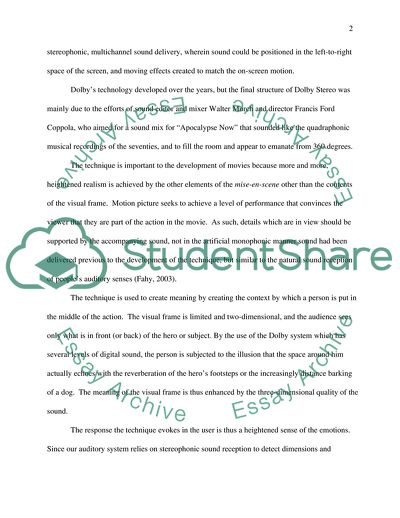Cinemetic Technique in Silence of the Lambs Movie Review. https://studentshare.org/visual-arts-film-studies/1737559-the-silence-of-the-lambs-explain-analyze-and-critique-technical-aspects-of-film
Cinemetic Technique in Silence of the Lambs Movie Review. https://studentshare.org/visual-arts-film-studies/1737559-the-silence-of-the-lambs-explain-analyze-and-critique-technical-aspects-of-film.


